Humans news stories
In a new study published in JAMA Psychiatry, researchers led by Otto Simonsson of Karolinska Institutet’s Department of Clinical Neuroscience have cast new light on the controversial topic of psychedelic drug use among adolescents.
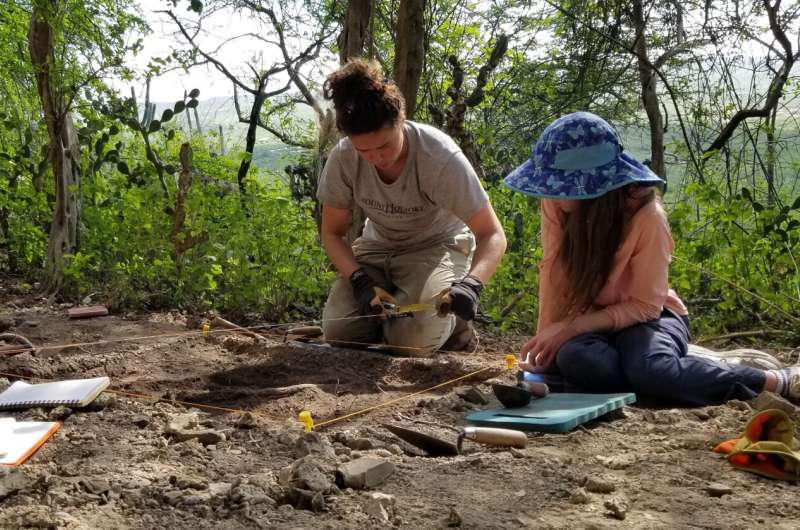
Findings from the team, published in The Journal of Coastal and Island Archaeology, place human occupation of Curaçao, an island in the southern Caribbean, as far back as 5735–5600 BCE—up to 850 years earlier than previously thought.
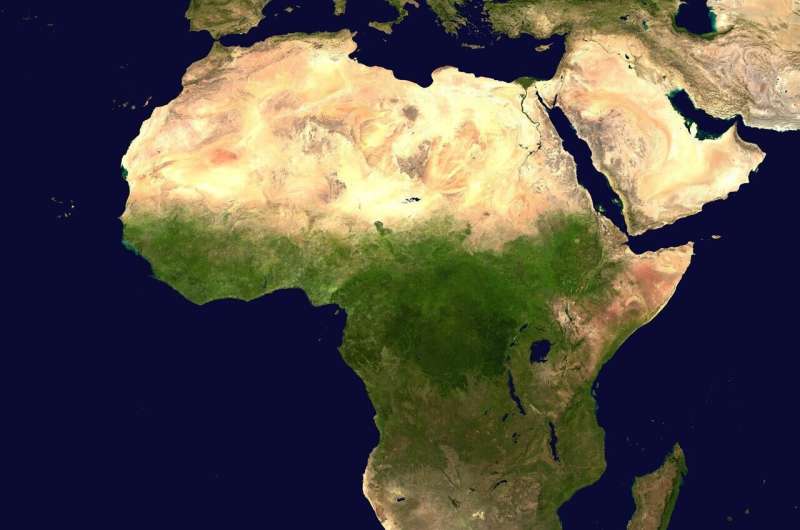
A pair of planetary scientists… have found evidence that the exodus of hominins out of Africa approximately 1 million years ago may have been driven by the first major glaciation of the Pleistocene. See the study here.
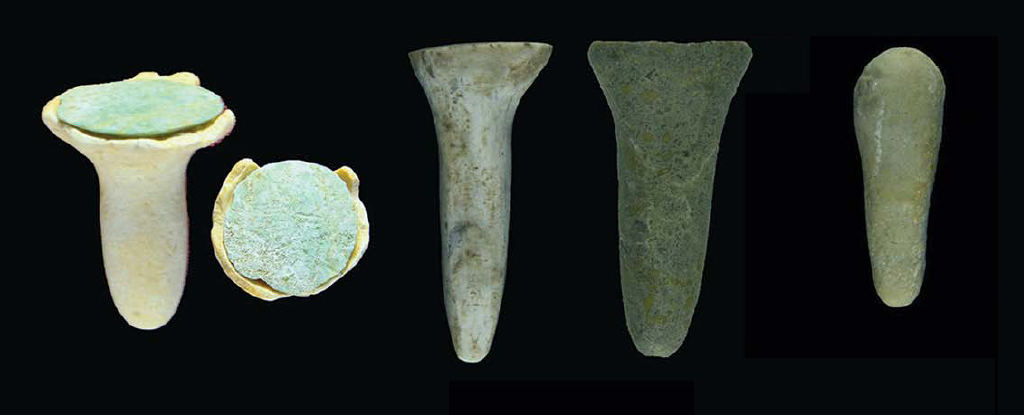
Found in the graves of a Neolithic settlement in south-east Türkiye, they could represent the earliest convincing examples of body piercing. The study has been published in Antiquity.

Indigenous Australians have been using fire to shape the country’s northern ecosystems for at least 11,000 years, according to charcoal preserved in the sediment of a sinkhole. The study was published on 11 March in Nature Geoscience.
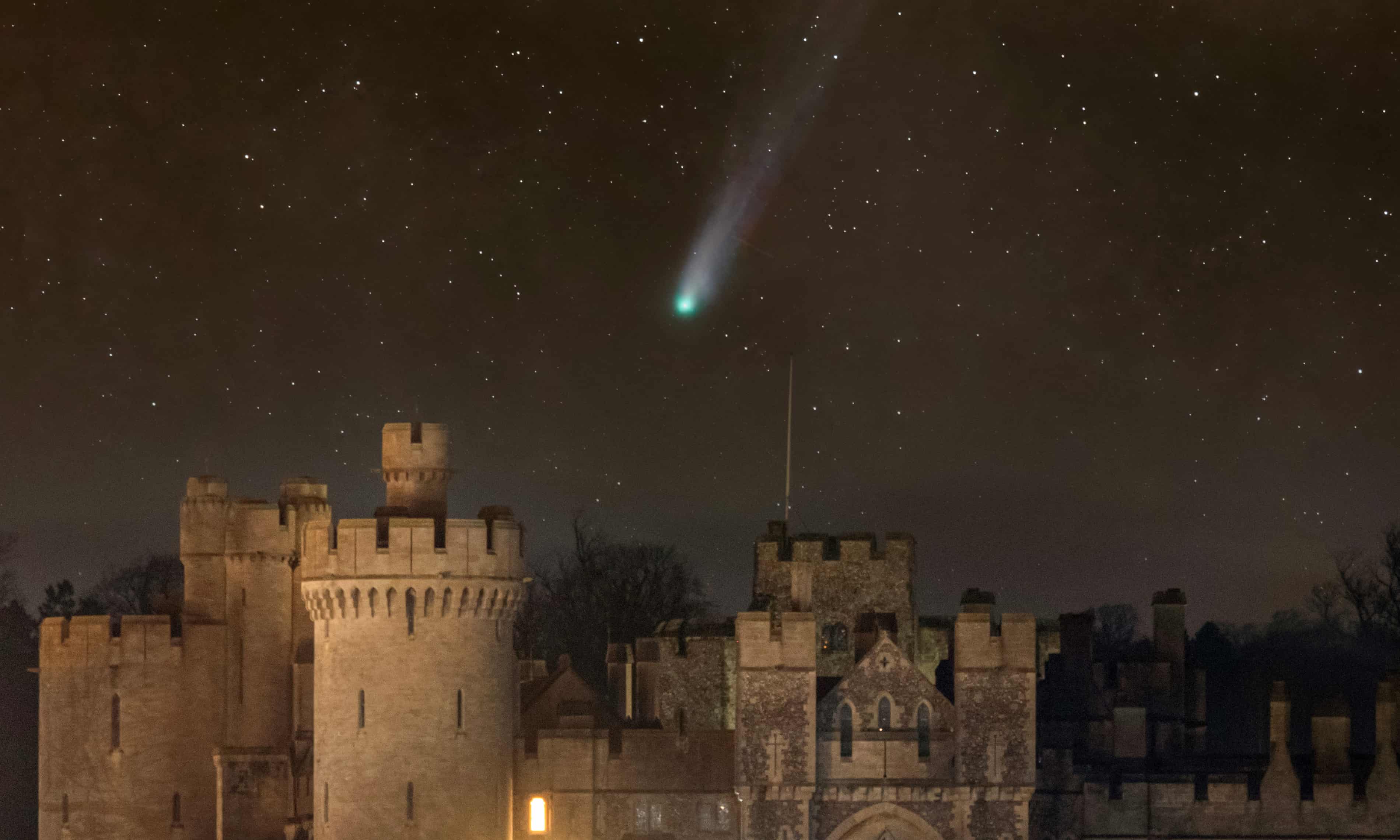
A comet that is larger than Mount Everest could become visible to the naked eye in the coming weeks as it continues its first visit to the inner solar system in more than 70 years, say astronomers.

Researchers think a sacred language inscribed in cuneiform on the tablet suggest the Hittite king visited or lived where the tablet was found in Turkey.
The oldest firmly dated evidence of human ancestors in Europe has been found at a 1.4-million-year-old site in Ukraine. The findings are detailed in a study published in Nature.

Astronomers have observed a distant planet that could be entirely covered in a deep water ocean, in findings that advance the search for habitable conditions beyond Earth.
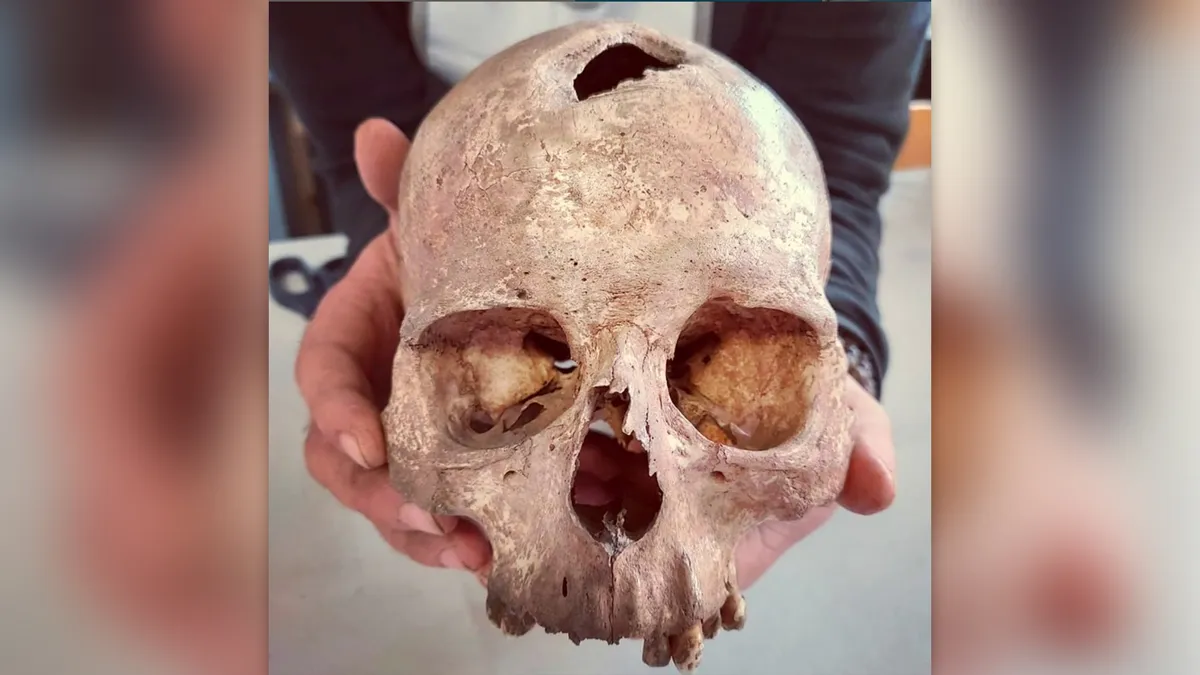
Starting about 7,000 years ago, ancient humans in what is now northeastern Spain buried their dead deep in a cave, creating a necropolis of sorts that spans about four millennia and now contains more than 7,000 bones, according to archaeologists. And there are signs it may have been used for tens of thousands of years before that.
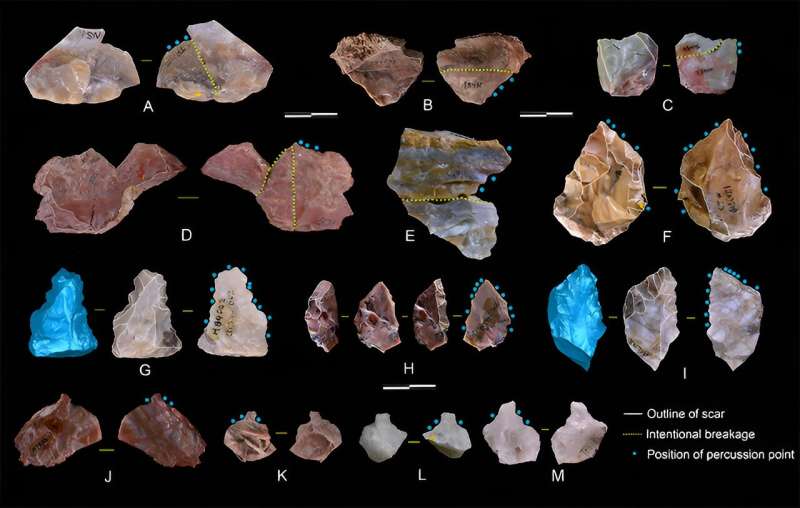
A new study from the Nihewan basin of China has revealed that hominins who possessed advanced knapping abilities equivalent to Mode 2 technological features occupied East Asia as early as 1.1 million years ago (Ma), which is 0.3 Ma earlier than the date associated with the first handaxes found in East Asia. This suggests that Mode 2 hominins dispersed into East Asia much earlier than previously thought.

Mainstream science has done its best to debunk the notion, but a belief in a world-changing series of prehistoric impacts continues to gain momentum.

In the largest ever modern whole-genome analysis from South Asia…The study also turns up a surprise: an unexpectedly rich diversity of genes from Neanderthals and their close evolutionary cousins, the Denisovans. Because no fossils of these ancient human relatives have been found in India, researchers are speculating about how these genes got there—and why they stuck around.

A recent study sheds light on the relationship between moral values and political affiliations, revealing that the standards of morality people apply in political contexts may differ significantly from those in personal spheres.
Archaeologists have identified evidence of a Jewish-Islamic scientific collaboration having taken place a thousand years ago, thanks to an archaic star chart once thought to be a forgery. Gigante’s analysis is published in the journal Nuncius.
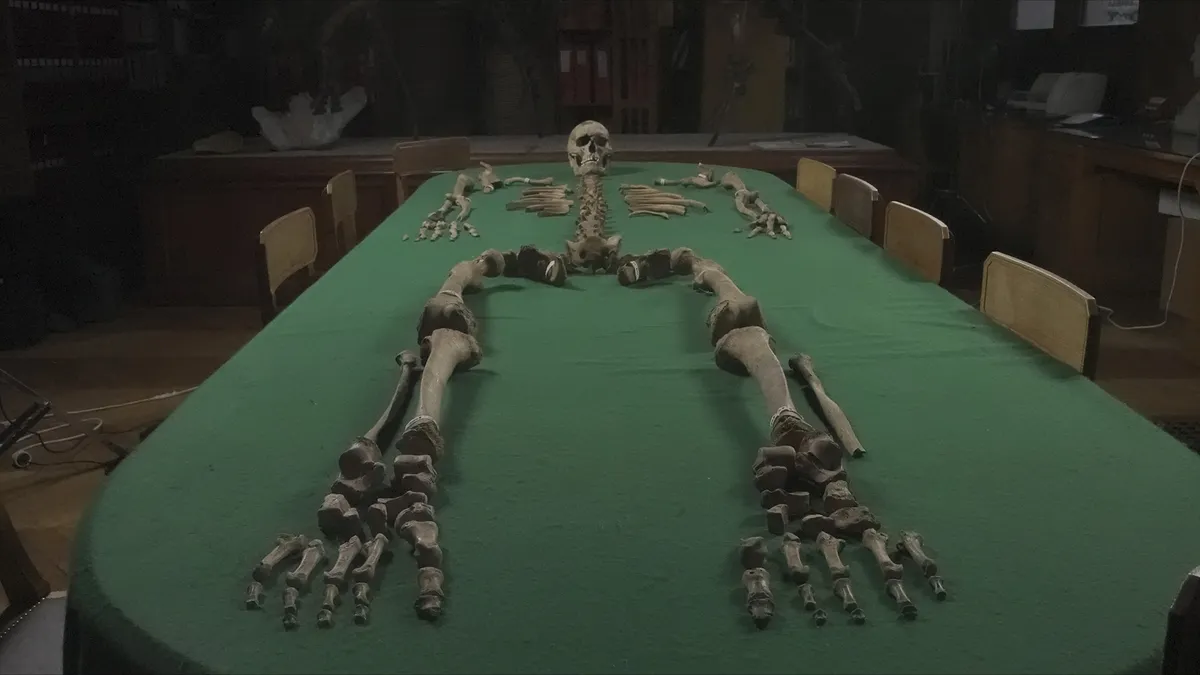
An investigation into the genomes of 10 people who lived between 6350 and 4810 B.C. revealed few biological links among these small communities, according to a study published Feb. 26 in the journal PNAS.








